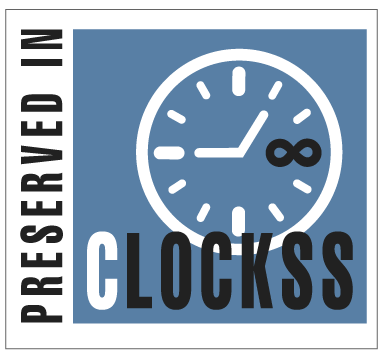Abstract
Triazoles linked to carbohydrate molecules are one of the most important compounds that have wide applications in the pharmaceutical, biological, and materials science fields. Many of these compounds have been prepared and their structural, chemical, and physical properties have been studied. One of the best techniques used to study and interpret these properties is nuclear magnetic resonance NMR spectroscopy. For this purpose, the simplest glucose-based 1,2,3-triazole derivative 5 has been prepared from D-glucose in four consecutive steps. First, the reaction of glucose with acetic anhydride in the presence of sodium acetate afforded 1,2,3,4,6-penta-O-acetyl-β-D-glucopyranose (2) in 83% yield. The treatment of compound 2 with 48% HBr in glacial acetic acid gave glycosyl bromide 3 in 79% yield. This derivative was directly reacted with sodium azide in N,N-dimethylformamide DMF to produce glycosyl azide 4 in quantitative yield. Click reaction of azide 4 with propargyl alcohol in dimethyl sulfoxide DMSO gave the target triazole 5 in good yield. The 1H NMR spectra of the triazole 5 were measured in different deuterated solvents and it showed there is a complex splitting of the signals of the glucose ring in CDCl3. This splitting pattern disappeared upon decreasing of temperature, increasing of the concentration, or changing the deuterated solvent.
Keywords
Click chemistry, Glucose triazole, Hydrogen bonding, VC-NMR, VT-NMR
Subject Area
Chemistry
Article Type
Article
First Page
3290
Last Page
3298
Creative Commons License

This work is licensed under a Creative Commons Attribution 4.0 International License.
Supplemental material
How to Cite this Article
Jwad, Rasha Saad
(2025)
"The Influence of Solvent, Concentration, and Temperature on the Resolution of Protons Signals of 1H NMR Spectra of 1,2,3-Triazole-Tethered Glucopyranose,"
Baghdad Science Journal: Vol. 22:
Iss.
10, Article 8.
DOI: https://doi.org/10.21123/2411-7986.5080








